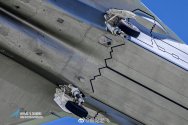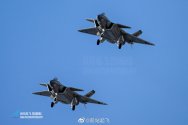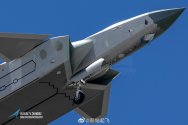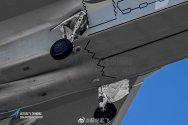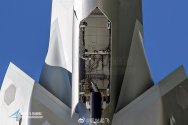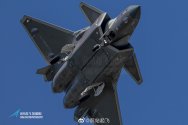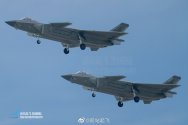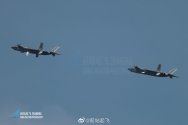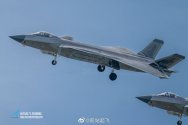Good lift to drag ratios are not inherently antithetical to good supercruise capability or supersonic maneuverability. Lift to drag ratio at subsonic speeds do not have a fixed relationship with drag at supersonic speeds. What happens to your drag coefficient at supersonic regimes is dependent on wing and airframe geometries, *not* on what your lift to drag ratio is at subsonic regimes.F22 has a monstrous T:W ratio still unbeaten to this day. Don't think anything gonna top that till a VCE/ACE engine breakthrough.
If I understand correctly, for sustain turn the sub-sonic lift-drag the higher the better with a powerful enough engine but it's a liability for super-sonic cruise because too much drag.
If F-22 is so good at sustain turn which I believe is better than the gold standard F-16,
how does F-22 overcome the drag and maintain supercruise with only dry thrust?
Nor is the lift coefficient a fixed variable. Lift coefficient changes based on your altitude, your airspeed, and your angle of attack (as well as how your other flight control devices are engaged). Both lift and drag go up at higher angles of attack, but the former tends to increase faster than the latter up to a point before hitting your stall angle. When "high lift" or "good lift" is mentioned what's really meant is that the slope of your lift coefficient as angle of attack changes is very high and/or your lift coefficient peaks out at very high angles of attack and/or that the maximum lift coefficient you can attain before drag becomes greater than lift (and thus you stop generating upward force) is very high. Out of these the L
It tends to be the case that if you have good lift to drag ratio in the subsonic regime, so long as your airframe and wing geometries don't incur a massive increase in drag in the supersonic regime relative to other geometries, that advantage will translate to the supersonic regime. It is correct to note that *drag* is the key factor here, but it does not follow that just because you have great subsonic lift that also means you will have punishing supersonic drag. In fact, "high lift" designs are often considered such because they have a superior lift to drag ratio, which means for the same drag they get more lift. And this is almost certainly going to be the case with the F-22.

